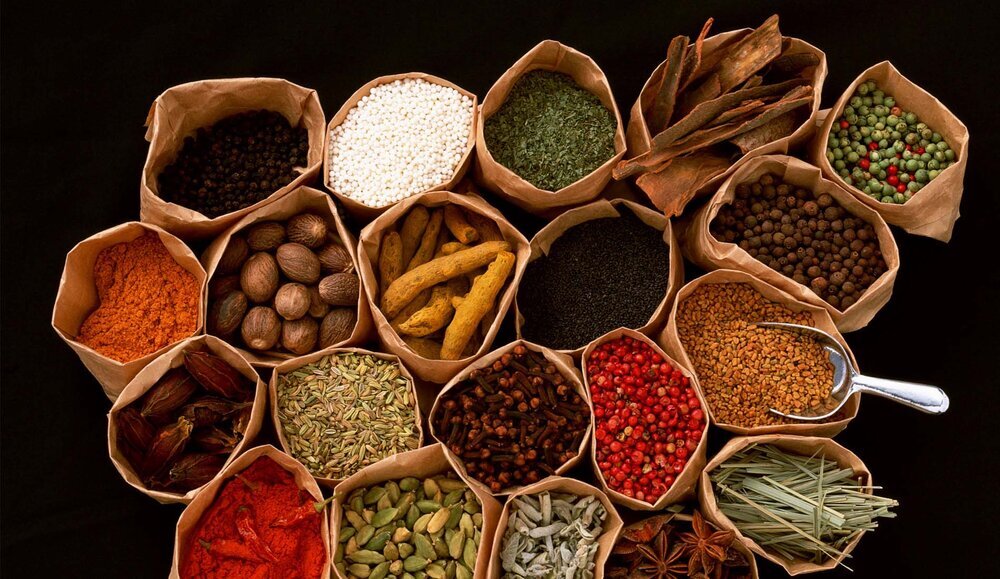Iranian articles on traditional medicine surge in 15 years

TEHRAN - From 2006 to 2021, the publication of Iranian articles in the field of traditional medicine has increased by about ten times, according to data released by the SCImago Journal of Traditional Medicines.
Accordingly, Iran is fourth in the world after China, India, and the U.S., IRNA reported.
The number of articles published by the country has increased from 59 in 2006 to more than 500 in 2021.
By providing the structure in the Ministry of Health, and the establishment of traditional medicine colleges in 2006, the number of articles in the field of traditional medicine increased by about 10 times in 15 years.
The Islamic World Science Citation Center (ISC) put the share of Iranian articles in the field of medicinal plants and herbal medicine in the world at 5.9 percent.
A plan for the integration of Iranian traditional medicine into the health network is supposed to be implemented in the first phase in 14 faculties and universities of Shahid Beheshti Medical Sciences, Mashhad, Shiraz, Tabriz, Kerman, Yazd, Kashan, Babol, Golestan, Mazandaran, Hamedan, Qom, Fasa, and Isfahan.
In case of successful implementation, other universities in the country will also be encouraged to launch the plan, she said, adding, in the next phases, the integration plan will be implemented at higher levels and in the field of treatment.
Hossein Farshidi, the deputy health minister, has said that one of the shortcomings of the country's health network system, which has been emphasized a lot in the national development plans, is benefiting from thousands of years of experience in Persian traditional medicine.
“We all must join hands to improve Persian traditional medicine and integrate it into the country's health network system.”
He went on to note that if primary healthcare is not paid the necessary attention as the basis of all health services, we may not be able to control the heavy burden of chronic diseases in 50 years.
Iranian traditional medicine strongly focuses on prioritizing health maintenance and disease prevention over treatment.
It is one of the most ancient forms of traditional medicine. It is grounded in the concept of four senses of humor: phlegm (Balgham), blood (Dam), yellow bile (Safra'), and black bile (Sauda'). The concept of the four senses of humor is based on the teachings of Rhazes and Avicenna in an elaborate medical system.
Iran's share of species
So far, about 30,000 plant species have been identified in the world, with Iran's share of about 8,000 species which is more than the whole of species found in Europe.
Some 2,300 species of medicinal plants have been identified in the country, accounting for one-third of the medicines used in human societies.
The per capita consumption of medicinal plants in Iran is about one kilogram of dried plants, in other words, 83,000 tons of medicinal plants worth 1.2 trillion rials (around $4 million) are consumed in the country, while in Europe this amount is 900 grams and in the United States is 2.5 kilograms.
The export revenue of medicinal plants is estimated at $700 million, the Vice President for Science and Technology, Rouhollah Dehghani, has said.
Over 17,000 books have so far been published about Persian traditional medicine, which has been recognized by the World Health Organization, she noted.
MG
